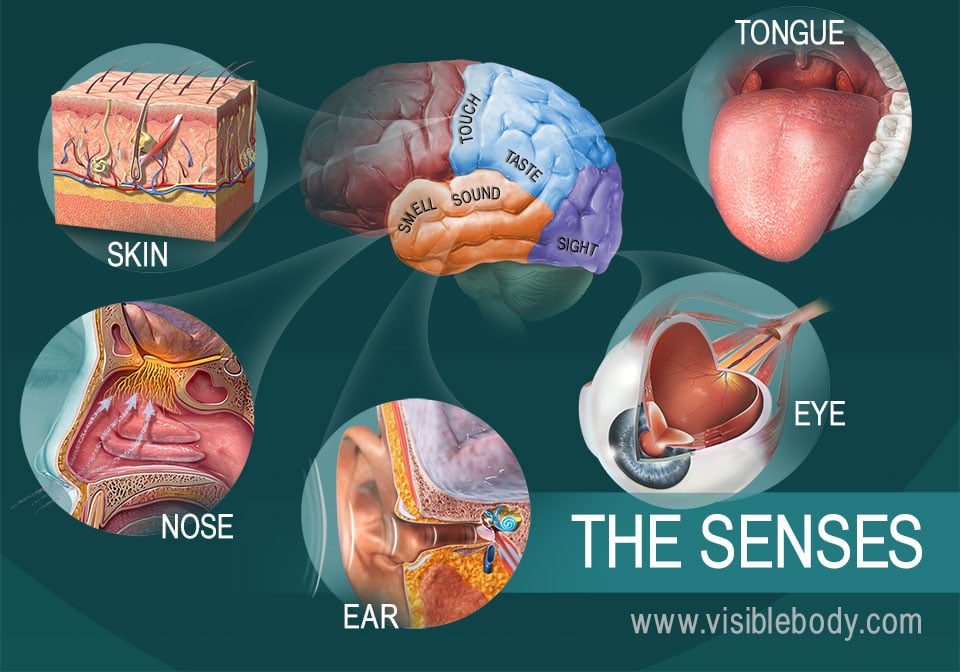Observation
Montessori quotes on Observation
http://faculty.tamuc.edu/jthompson/Resources/MontessoriObservation.ppt
Oshaughnessy (2016) Observation Scientist
Montessori Guide - videos on Observation
https://montessoriguide.org/observation#primary
The Observation of the Children, for teachers
Epstein An Observer's Notebook
Epstein, Paul. (2012). An Observer's Notebook: Learning from Children with the Observation C.O.R.E. (2nd ed.). Bradenton, FL: Montessori Foundation. www.montessori.org
Connect: What do I want to learn?
Obtain: How will I record?
Reflect: How will I understand what I have obtained?
Engage: What will I do with new understandings?
Clinical Case Study Method .PDF
Consent and Assent
We need to ask permissions to conduct research. In the classroom Teacher Action Research (TAR) is not a formal activity of science to produce new data and publish or present it elsewhere - for that level of research, you must have Informed Consent. For TAR, you do not need formal consent, but must always respect and honor participants through politely inviting participation, and always providing a way out, to exit or quit, with no penalty.
Here is an example of an Observation Letter .doc that may help you communicate what you are doing is not invasive but exploring your role as an observer.
When asking children, you must ask their ASSENT to participate. For example: https://youtube.com/shorts/0i4tHBXcMRo?si=dyjlJ7hwsUbFJKYS
Documentation
PoP Montessori Family Communication 1997 .PDF
WHAT
How many senses do you bring to observation. The Big Five are useful in observation of children at play,

but don't forget your own vestibular sense, proprioception, and interoception.
https://neuroclastic.com/the-other-3-senses-you-never-knew-existed-but-you-should/
=====
A presentation on the teacher's work of observation Makin a List.pptx
Jablon Power Of Observation .pdf
Three purposes 1. To know a child 2. To measure progress 3. To evaluate a program
=====
Montessori Guide - videos on Observation https://montessoriguide.org/observation#primaryThe Observation of the Children, for teachers https://vimeo.com/78687968
Montessori Aotearoa New Zealand (MANZ) (2011) Eight Stages of Development as a Master of Observation https://www.montessoriprintshop.com/observation.html
Stage 1: Illusion of giving lessons and observe at the same time. Multi-task
Stage 2: Mobile Observation
Stage 3: Prison Guard
Stage 4: Crooked Finger
Stage 5: Stink Eye
Stage 6: Build My Ego
Stage 7: Pavlov's Dog
Stage 8: Observer as Observer
=================
Four-part non-violent communication process https://www.nonviolentcommunication.com/learn-nonviolent-communication/4-part-nvc/NCMPS Tools https://www.public-montessori.org/tools/
=====
HOW
ECE 313 Observation Guidelines .doc
Observation Letter .doc for TAMU-Commerce students
Observation Letter DMTEP .doc for Dallas Montessori Teacher Ed Program students
Observation strategies
Tools for observation
![]() Narrative-types
Narrative-types
• Anecdotal records
• Running records, with Mapping
• Diary method
![]() Sampling
Sampling
• Checklists
• Event Sampling
• Time Sampling
• Artifacts
• Portfolios
![]() Interviews -
Interviews -
• At school - other children and teachers
• At home - all family members, include dad, siblings, extended family
![]() Visits outside of School
Visits outside of School
=====
Simone Davies Montessori Notebook
https://www.themontessorinotebook.com/everything-you-need-to-know-about-montessori-observation/
=====
Observation Informs Instruction .docx
Dr. Sharon Hundley's 1985 Montessori Observation Guidelines. DOCX
=====
Sue Griebling, Univ of Cincinatti - videos on Running Records and Anecdotal Notes
https://www.youtube.com/watch?v=1YmcSfqF3rc
https://www.youtube.com/watch?v=95LrzbFJgPg&t=3s
https://www.youtube.com/watch?v=JVxPilT_cO4
=====
Video Bank http://toddlers.ccdmd.qc.ca/
With detailed descriptions of many observation tools and strategies http://toddlers.ccdmd.qc.ca/observing/index
=====
WHY
Lally Social Womb https://forourbabies.org/2014/09/the-social-womb-new-animated-video/
https://www.youtube.com/watch?v=zQZnO0Mr_vY&feature=youtu.be
================================Observation requires skill; many teachers report cultivating “eyes in the back of their heads.” This is microethnography, the “slice of life” approach to understanding human interaction. How do teachers cultivate their knack for knowing? What do they do with such information? This presentation will engage researchers in observation and analysis.
|
Resources for undergraduate, pre-service teachers observation assignments “Makin’ a List, Checkin’ it Twice, Gonna Find Out Who’s ...ppt This powerpoint intro to ages and stages, domains of development, and principles of observation. Here is the same powerpoint with audio overview: http://connect.tamuc.edu/observation |
|
|
Dealing with Implicit Bias www.implicit.harvard.edu |
|
|
Gathering Language Data for Case Studies Language Case Study .DOCX |
|
|
Microethnography: How Teachers Really Do Look at their Classrooms .doc |
|
|
Microethnography .ppt |
|
|
AMS 2011 A Window to the Heart: Observations That Change Teachers' Views of Children |
|
|
AERA 2011 Opening Eyes in the Back of Our Heads: Changing Teachers' Views of Children Through Observation |


